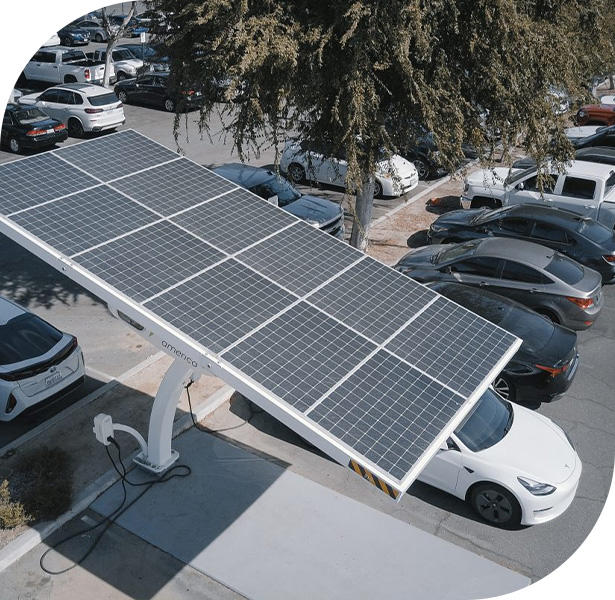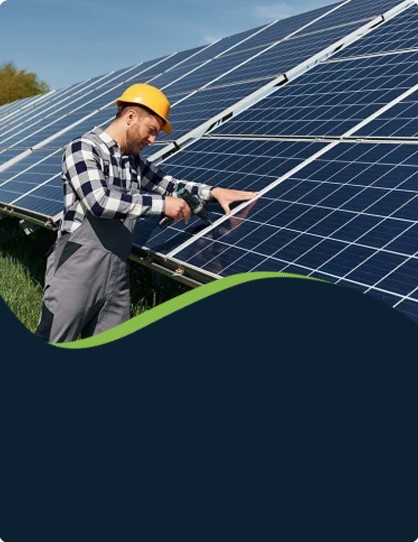
-
[email protected]

-
Building 1, No. 21 Shengfa Road, Lucheng District, Wenzhou, Zhejiang, China



Solar photovoltaic (PV) systems have become an increasingly popular choice for both commercial and domestic use. With the rising demand for sustainable energy sources, solar PV systems offer an efficient way to harness the power of the sun to generate electricity.
One of the most noticeable differences between commercial and domestic solar PV systems is their size. A domestic solar PV system is designed for individual homes and typically consists of a smaller number of solar panels. These systems are generally sized to meet the electricity needs of a single household, with an average system size ranging from 3 kW to 10 kW.

The energy output of a solar PV system is directly related to the amount of solar panels installed. Domestic systems are typically designed to generate enough electricity to cover the household’s energy consumption, with any excess energy being fed back into the grid or stored for later use. This helps reduce the energy bills for homeowners and can provide energy security.
In commercial applications, the energy consumption is much higher due to the larger size of the premises. Commercial solar PV systems often have to generate enough electricity to meet the operational needs of the business, including heating, cooling, lighting, and running industrial equipment. These systems may also have the potential to sell excess energy back to the grid, depending on local regulations and incentives.
The installation process for both types of systems varies significantly. For domestic solar PV systems, the installation is relatively straightforward, and the system can typically be set up on a residential roof or ground space. The installation may take only a few days to complete, and the cost is generally lower, though it can vary depending on factors like system size and location.
Commercial solar PV systems, on the other hand, are often more complex to install. They may require larger areas for panel placement, such as rooftops of commercial buildings or dedicated ground spaces. Additionally, these installations may involve more advanced systems, such as battery storage or integration with existing building energy management systems, which adds to the overall cost and complexity. Installation for commercial systems may take longer, sometimes requiring several weeks to complete.
Both commercial and domestic solar PV systems are subject to regulations and incentives that vary by region. For domestic systems, many countries offer government incentives, such as rebates or tax credits, to encourage homeowners to adopt solar energy. These incentives often reduce the initial upfront cost, making it more affordable for homeowners.
Commercial solar PV systems may also qualify for similar incentives, but there are additional considerations, such as utility-scale incentives and regulations related to grid connectivity. Businesses investing in solar energy may also benefit from long-term energy savings, as well as enhanced corporate sustainability credentials, which can be important for attracting customers and investors.
Solar PV systems are known for their durability and low maintenance requirements. However, the scale of the system impacts maintenance schedules. Domestic solar PV systems generally require small upkeep, with periodic cleaning of the panels to maintain efficiency. Commercial systems, on the other hand, may require more frequent monitoring and maintenance, particularly if the installation is large or has complex components like battery storage.
In summary, while both commercial and domestic solar PV systems serve the purpose of converting sunlight into electricity, their differences in size, scale, and application are significant. Commercial systems are larger, more complex, and designed to meet the higher energy demands of businesses, whereas domestic systems are more focused on meeting the energy needs of individual households.
Your email address will not be published. Required field are marked*
